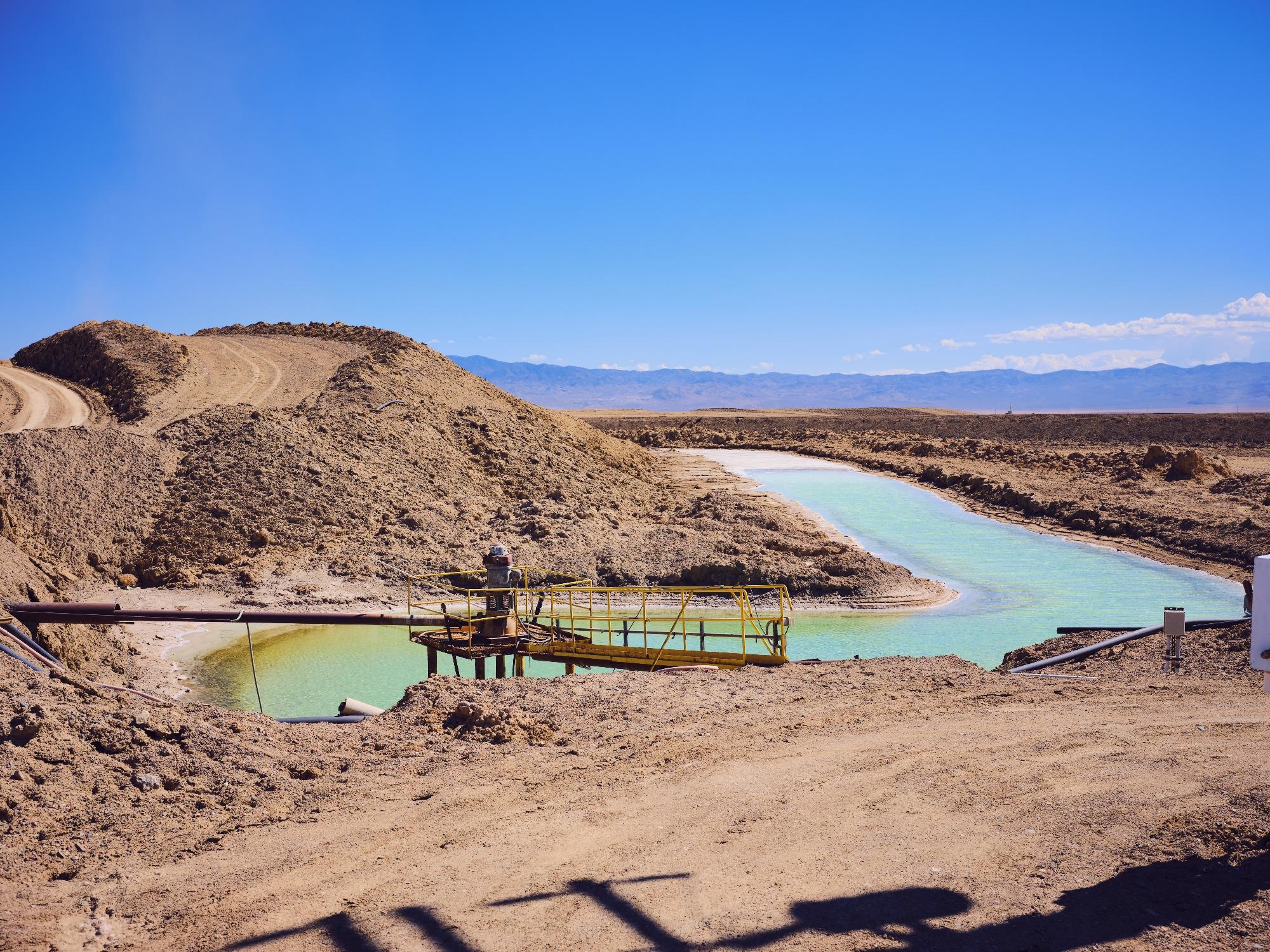Reviewed by Alex SmithSep 27 2021
Ultra Resources Inc. recently reported that the company is preparing to start exploration activity on its wholly-owned Laguna Verde brine lithium project situated in Catamarca Province, Argentina.

Image Credit: Shutterstock.com/ Cavan-Images
The earlier exploration activities of Ultra Resources included ground geophysical surveys, systematic surface brine sampling and bench-scale evaporation test work. The currently scheduled program will include drilling and performing pumping tests to establish aquifer capacity and yield based upon the targets detected via the geophysical surveys and brine sampling.
Ultra Resources has acquired a drilling permit sanctioned by the Catamarca Government and is in conversation with the mining department concerning the start date of work and related details. The company will also talk with the local communities at Antofalla and Antofagasta de La Sierra towns. These communities helped the company to complete the earlier phases of exploration activity.
The company is evaluating qualified suppliers and contractors for drilling and pumping test activity.
Laguna Verde Brine Lithium Project Highlights
- Laguna Verde is a new brine lithium discovery where exploratory sampling performed by Ultra Resources shows lithium values in the range of 34.2 to 1,270 mg/L or ppm, magnesium values less than 1 to 7,920 ppm, boron 65 to 2,190 ppm and potassium 804 to 15,800 ppm. The Laguna Verde area is known for low magnesium to lithium ratios, in the range of 0 to 10.2.
- In 2018, Ultra Resources also finished 39.2-line-km of ground geophysical survey covering eight exploration lines on the property, with azimuth of 137 degrees and 47 degrees from north. Measurement of a total of 312 Time Domain Electromagnetic (TDEM) points and 430 gravity points at a spacing of 100 m was carried out.
- The survey results show high-value brine lithium exploration targets in a salar core zone of 3.4 km2 within a possible brine basin of 23 km2 and a thickness of 100 to 150 m. The key points of the interpretation of the geophysical survey are given below:
- The core area of 3.4 km2 is with resistivity below 3 Ω and can be used for brine extraction on a trial basis if viable. The size of this core zone salar grows to 5.81 km2 at a depth of 125 m and to 9.44 km2 at 225 m depth below the surface.
- A potential salar area of 23 km2 is measured based on the g-shaped area of gravity close to the core zone. The salar area’s surface is covered by a high-resistivity layer, which is underlain by salt deposits and aeolian sediments. This analysis will be verified by drilling and sampling.
- Gravity survey analysis reveals a huge fault system that occurs to the east of the Laguna Verde Salar signifying a 2.4-km-thick Cenozoic basin, which necessitates further research.
- In 2018, a bench-scale evaporation test of about 4,000 L of brine sample from Laguna Verde was performed in Ultra Argentina laboratories situated in Salta. The original brine sample’s density was 1156 and its lithium concentration was 391 ppm.
- Two types of evaporation tests were carried out. The first test required evaporating 179 L of brine sample in an outdoor pool located to match natural evaporation scenarios. The results show that within 5 months, the brine volume decreased from 16 to 3 m3, and lithium concentration increased from 391 to 6,760 ppm. Major salts formed during this process were sulfate, felsobanyaite, silvite, kainite, halite, lithium and potassium, carnalite and gypsum.
- The second test was done indoors in controlled scenarios. The results showed that the original brine volume of 2,326 m3 decreased to 85.06 m3 and the lithium concentration increased from 391 to 7,370 ppm.